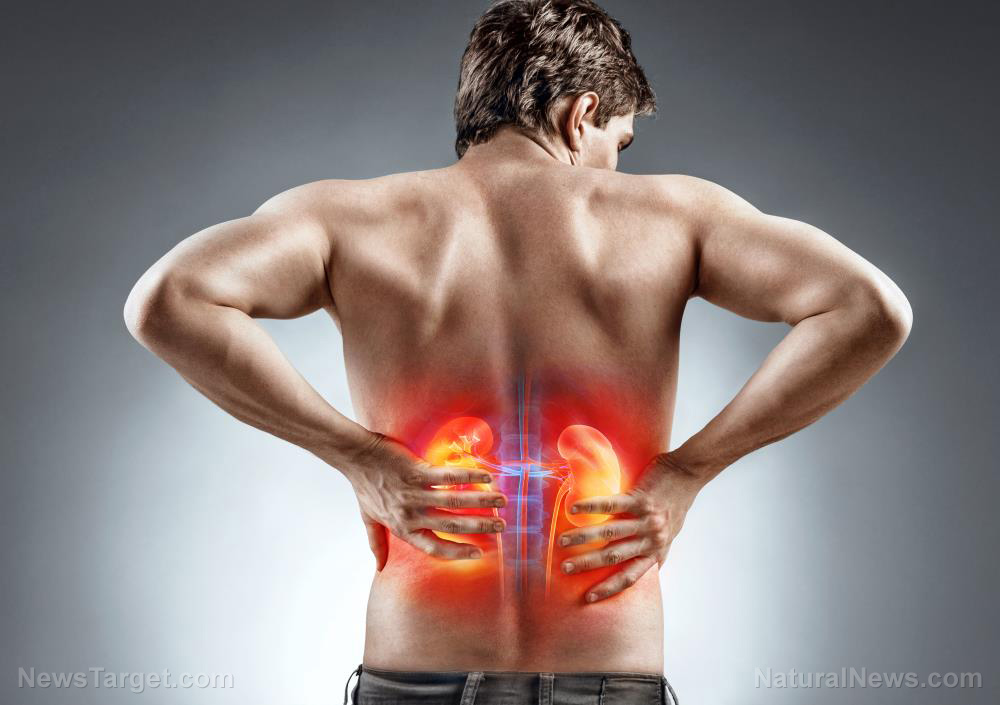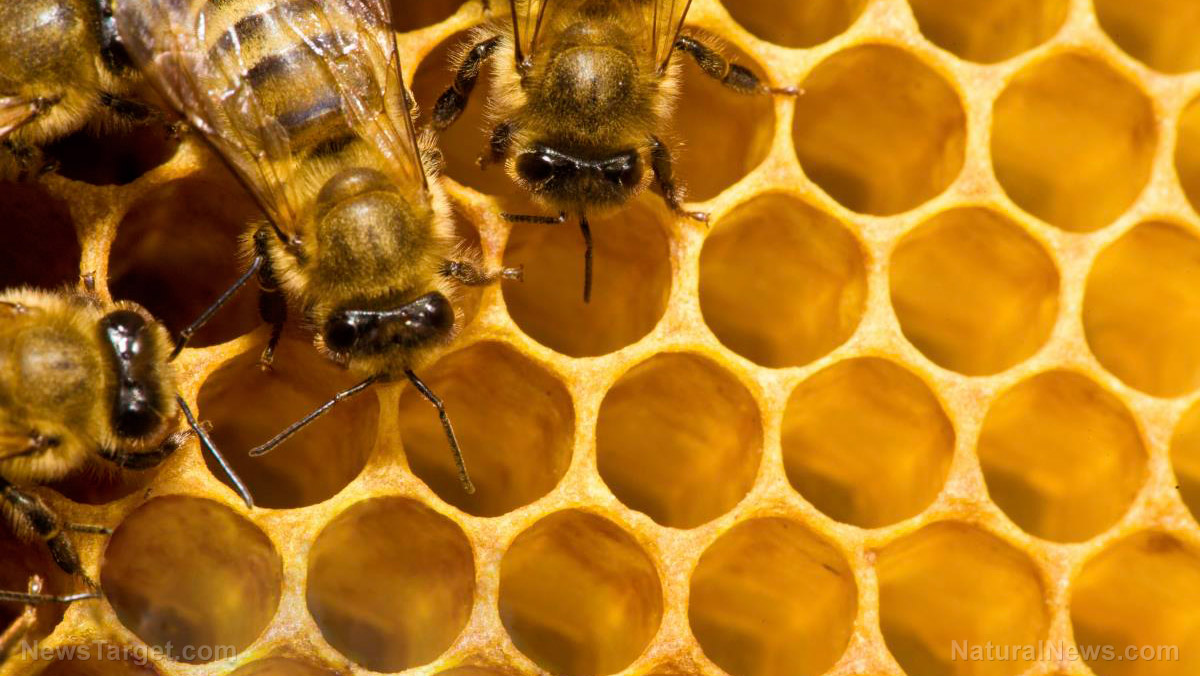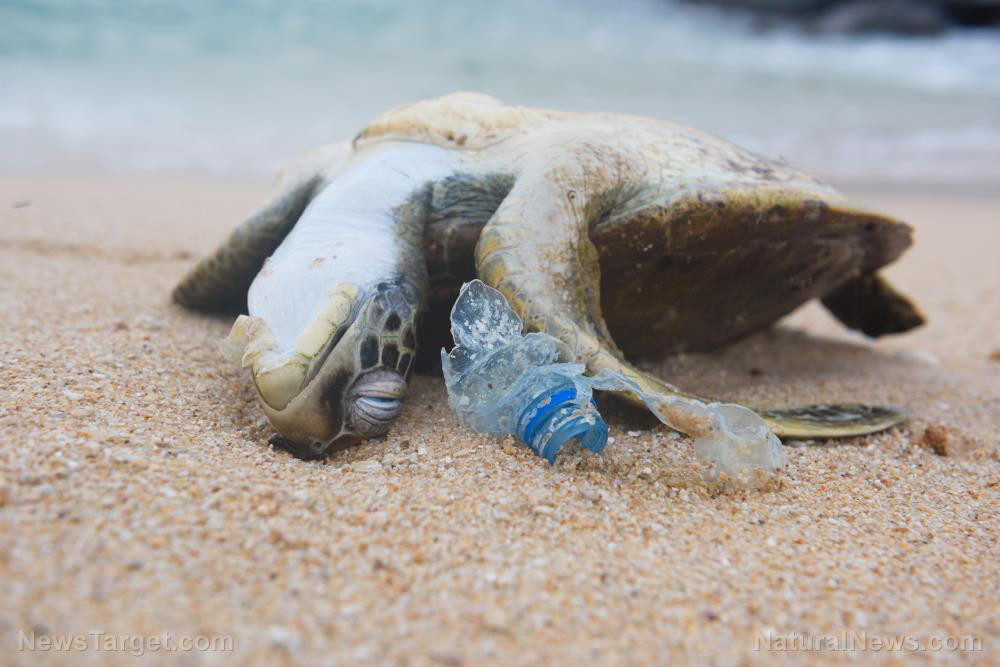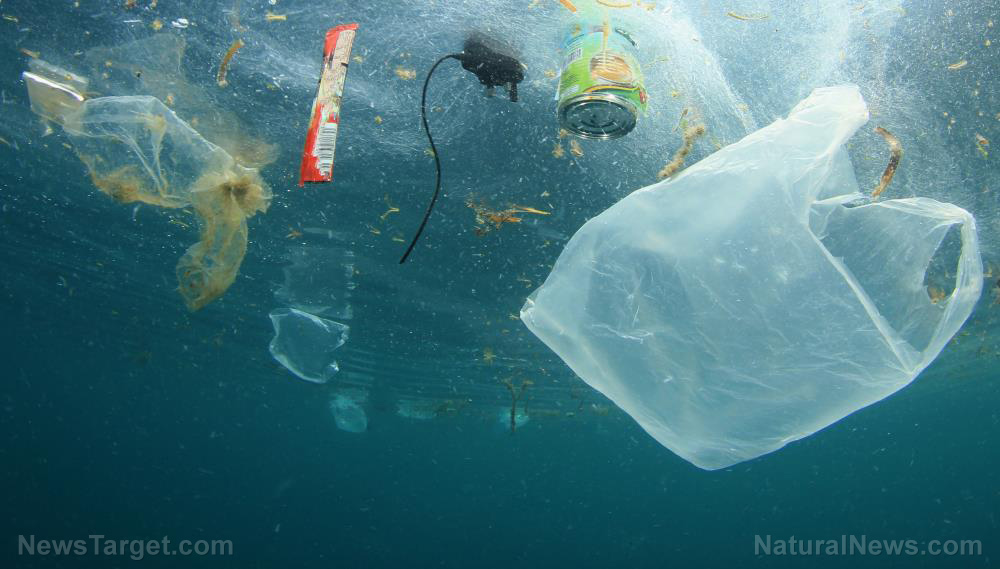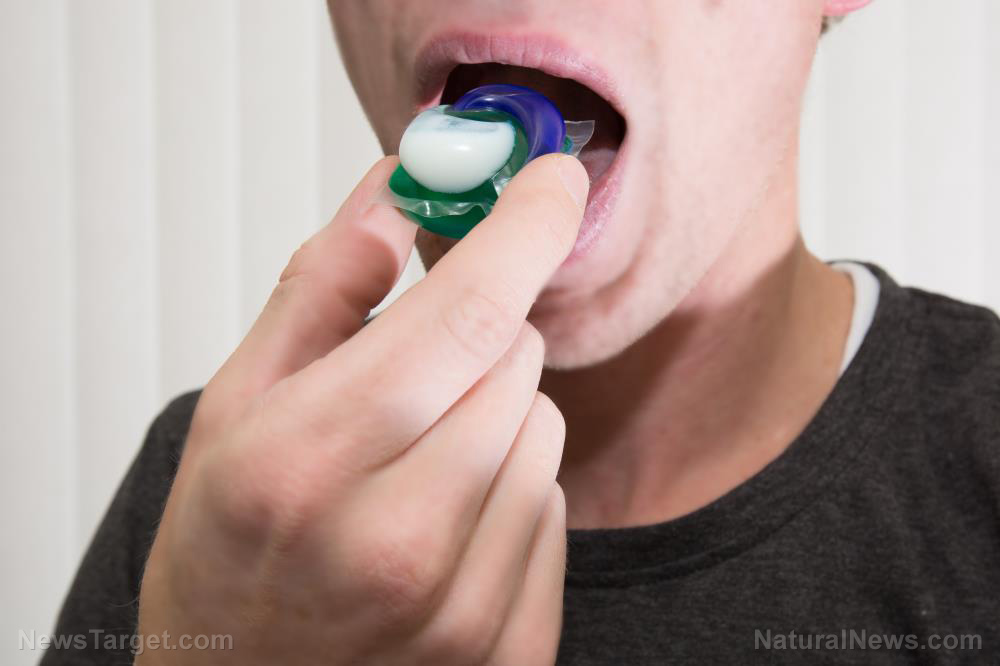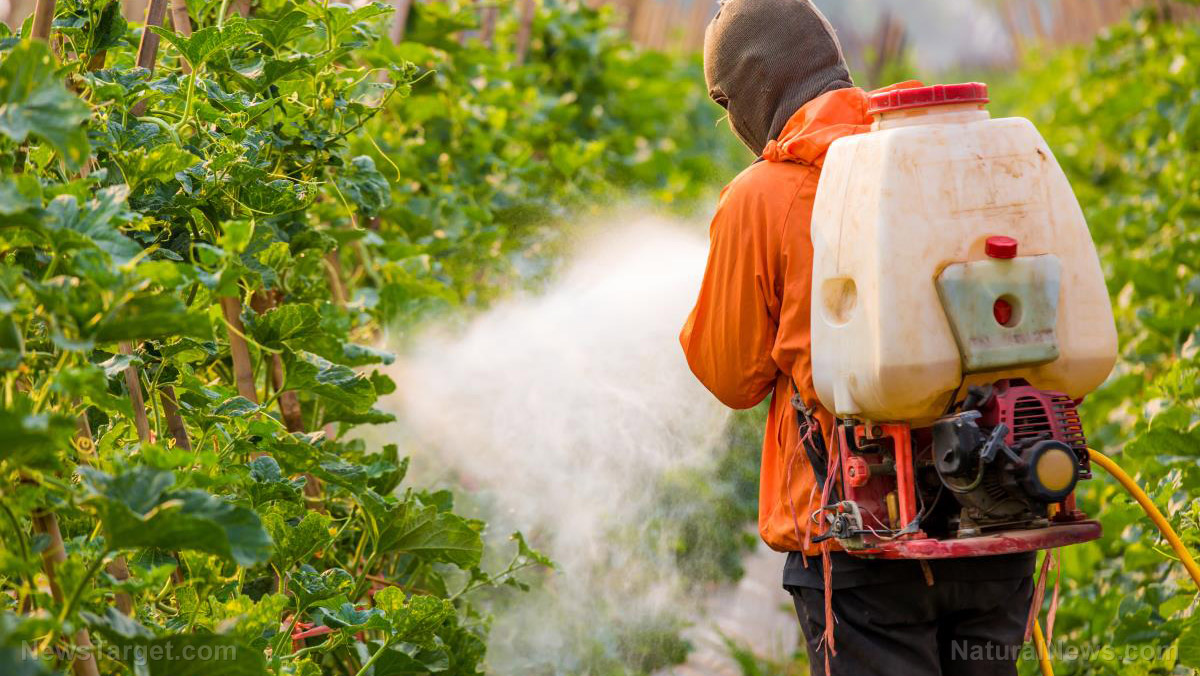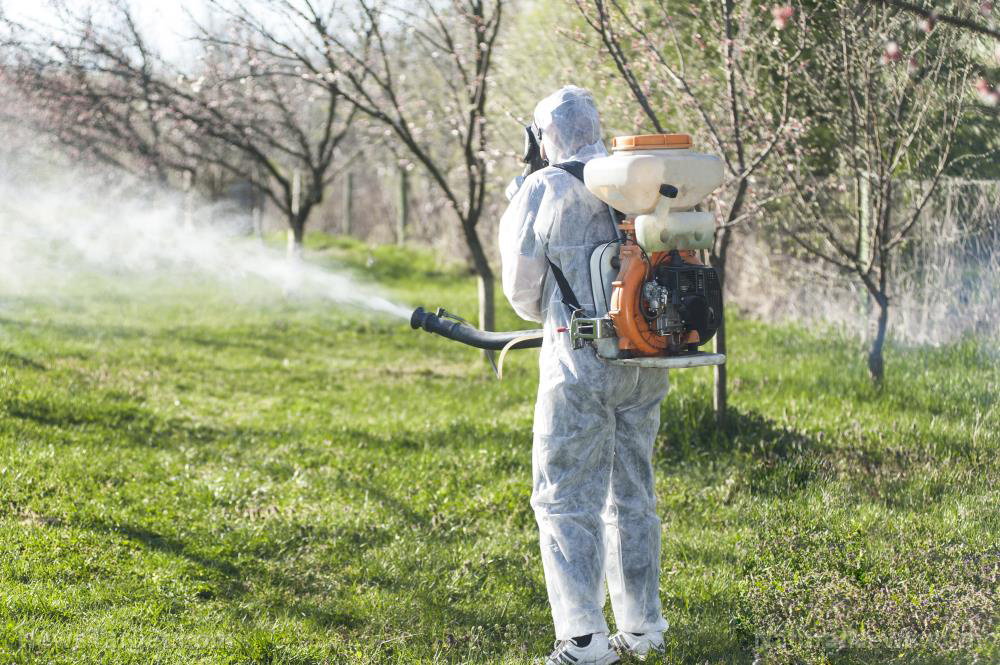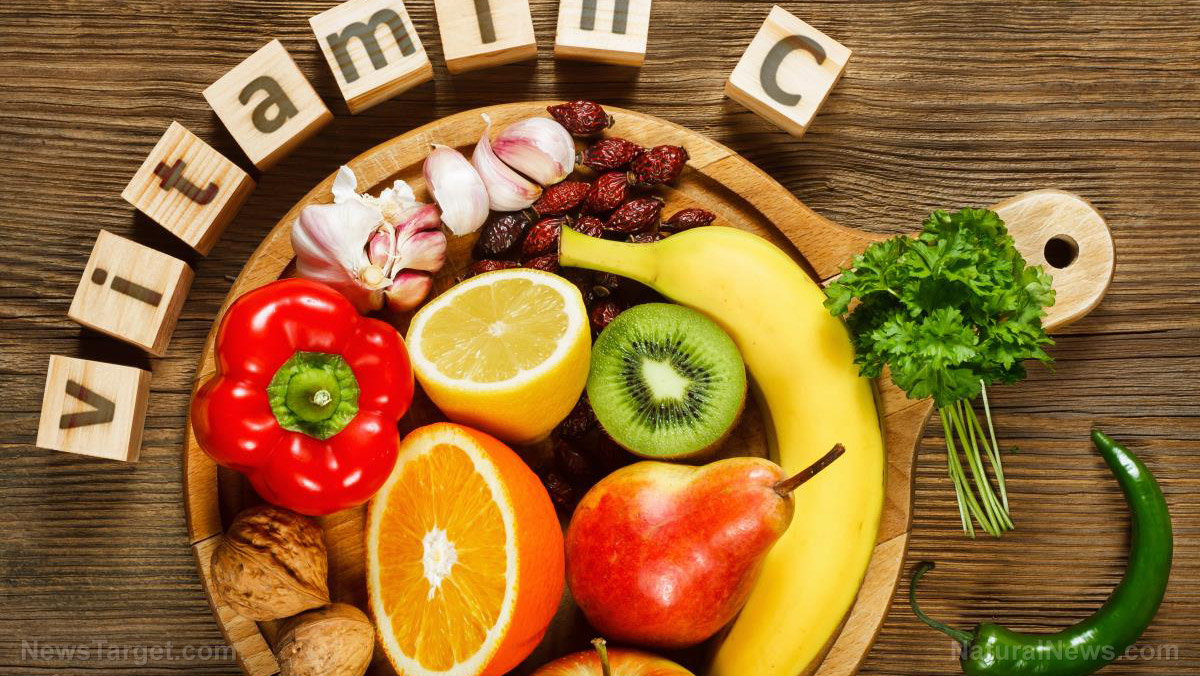Teens and young children are STILL eating laundry detergent pods: New safety standards FALL SHORT of the Poison Prevention Packaging Act (PPPA)
12/09/2019 / By Tracey Watson
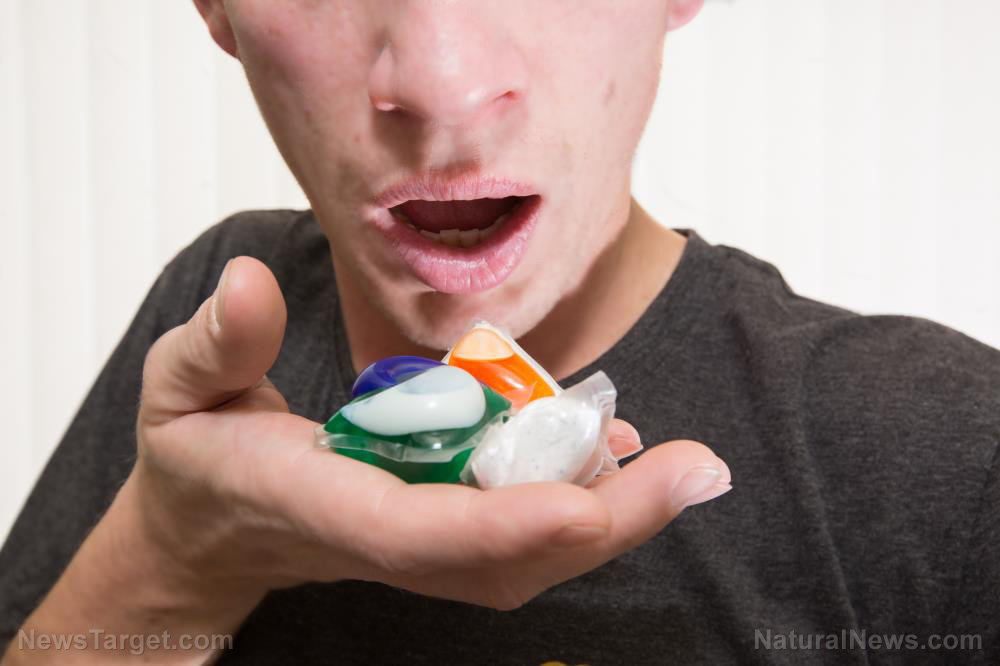
It is quite difficult to imagine a young child wandering into the laundry room, opening a bottle of regular laundry detergent and taking a big sip. Unfortunately, while traditional, old-fashioned laundry detergent does not have much appeal for children or for older people with cognitive issues like dementia, detergent laundry pods do.
Despite legislation enacted in 2015, children – and older adults – continue to be poisoned by these items, resulting in many injuries and at least eight deaths.
A study published in the June issue of the journal Pediatrics found that while the number of very young children ingesting detergent pods has decreased slightly since the new legislation was enacted by the American Society for Testing and Materials (ASTM), the number of older teens and adults ingesting them has actually increased.
People continue to die or be seriously injured by these toxic chemicals, and the researchers who conducted the study insist that the new regulations have too many loopholes and fall short of adhering to the gold standard of safety: The Poison Prevention Packaging Act of 1970. (Related: Study finds older children and adults prone to toxic laundry detergent packet exposure despite safety standards.)
“A serious household danger, especially for young children”
As reported by Healthline, Dr. Gary A. Smith of the Center for Injury Research and Policy at Nationwide Children’s Hospital in Columbus, Ohio, and his team of researchers set out to determine just how many American children under the age of six had been exposed to liquid laundry detergent packets between 2012 and 2017. They also wanted to determine what the voluntary safety standards implemented by the ASTM had accomplished in this regard.
Smith and his team looked at data pulled from the National Poison Data System to track calls to poison centers related to detergent pods between 2012 and 2017.
During that time there were a reported 72,947 exposures to liquid laundry detergent packets. The vast majority of exposures — more than 90 percent — occurred in children under the age of 6. …
Trends in terms of hospital admissions and serious health outcomes among young children rose from 2012 to 2015. Exposures peaked in 2015 and subsequently began to decline.
This decline was largely thanks to the implementation of the new ASTM safety standards.
These standards include using special child-resistant containers, making the packets more difficult to open, adding bitter flavoring to the packaging to discourage people from accidentally biting into them, and making the packets opaque.
The researchers found, however, that these standards have fallen short of the PPP Act, and that thousands of people are still being accidentally poisoned by laundry detergent pods each year. (Related: Laundry detergent packets shown to pose greater threat to children than any other detergent in recent study.)
While experts are most concerned about the risk to very young children, because of the colorful and appealing packaging, which has been described as “candy-like,” everyone is at risk of being tempted to bite into one of these pods if they see them lying around. And that could be incredibly dangerous, because detergent pods are far more toxic and concentrated than regular laundry detergent.
Healthline reported:
Exposure to soap and detergent products can lead to a host of health problems including chemical burns, eye damage, brain damage, coma, and death.
“The numbers are still unacceptably high,” Dr. Smith warned. “Requiring that all liquid laundry detergent packet packaging be PPPA-compliant would be an important next step in reducing child access to these products.”
Unmask the hidden dangers of everyday products found in every American home at Products.news.
Sources include:
Tagged Under: adults with cognitive issues, American Society for Testing and Materials, chemicals, children, laundry detergent, laundry detergent pods, poison, Poison Prevention Packaging Act, poisoning, Tide pods, toxic chemicals, toxins, voluntary safety regulations
RECENT NEWS & ARTICLES
Chemicals.News is a fact-based public education website published by Chemicals News Features, LLC.
All content copyright © 2018 by Chemicals News Features, LLC.
Contact Us with Tips or Corrections
All trademarks, registered trademarks and servicemarks mentioned on this site are the property of their respective owners.

